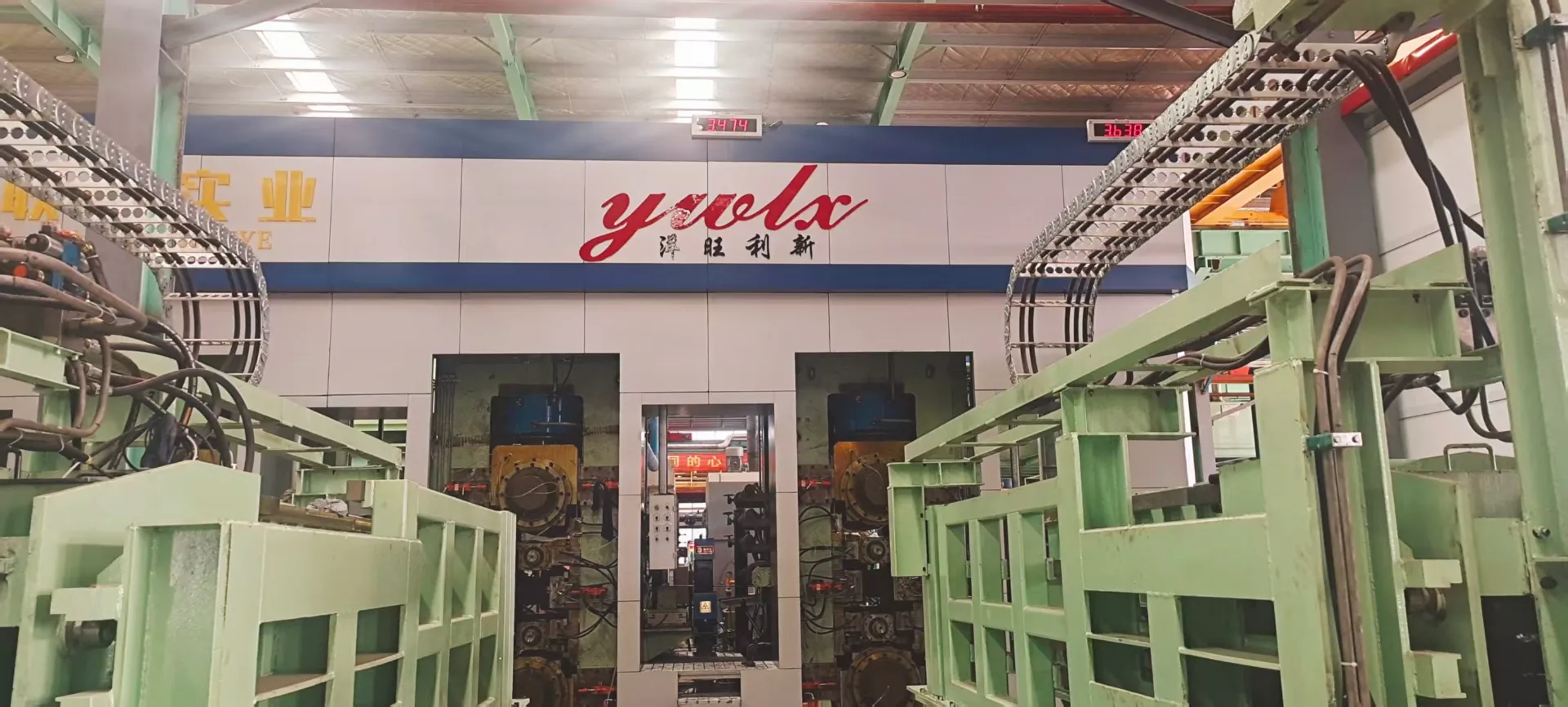
AGC Systems: Transforming Rolling Mill Operations with Unparalleled Precision
In the dynamic and highly competitive realm of the iron, steel, and non - ferrous industries, the efficiency and precision of rolling mills play a pivotal role. Among the various advanced technologies integrated into modern rolling mills, the AGC system stands out as a crucial component that significantly impacts the quality and productivity of the rolling process.

Understanding the AGC System in Rolling Mills
The AGC system, short for Automatic Gauge Control system, is a sophisticated technological solution designed to precisely control the thickness of the rolled material. In a rolling mill, the thickness of the final product is a critical parameter that determines its quality and suitability for various applications. Whether it is carbon steel, stainless steel, or non - ferrous alloys like aluminum and copper being processed, maintaining a consistent and accurate thickness is of utmost importance. The AGC system acts as a vigilant guardian, constantly monitoring and adjusting the rolling process to ensure that the desired thickness is achieved.
Working Principles of the AGC System
The AGC system operates based on a combination of sensors, actuators, and control algorithms. Sensors are strategically placed along the rolling mill to measure the thickness of the material at different points during the rolling process. These sensors can detect even the slightest variations in thickness. Once a deviation from the set thickness value is detected, the control algorithm kicks in. It calculates the necessary adjustments required to correct the thickness and then sends signals to the actuators.
The actuators, which are often hydraulic or mechanical devices, respond by adjusting the gap between the rolls in the rolling mill. For example, if the measured thickness is slightly above the target, the actuators will decrease the roll gap to reduce the thickness of the material being rolled. This closed - loop control system ensures that the thickness of the rolled product remains within the specified tolerance limits.
AGC System in Different Types of Rolling Mills
AGC in Reversing Cold Rolling Mills
In reversing cold rolling mills, the AGC system is of particular significance. Cold rolling requires high precision as the material is rolled at room temperature, and any thickness variations can lead to defects in the final product. The AGC system in a reversing cold rolling mill enables precise control of the thickness during the back - and - forth rolling process. It ensures that the material is rolled to the exact thickness specifications, whether it is for producing thin - gauge sheets for applications in the automotive or electronics industries.
AGC in Tandem Cold Rolling Mills
Tandem cold rolling mills consist of multiple rolling stands in series. The AGC system in these mills coordinates the operation of all the stands to achieve consistent thickness throughout the rolling process. It continuously adjusts the roll gaps in each stand based on the thickness measurements, ensuring that the material gradually reaches the desired final thickness with minimal variation. This is crucial for large - scale production of high - quality cold - rolled products, such as those used in the manufacturing of household appliances.
AGC in Other Rolling Mills
Even in skin pass mills, temper mills, and cladding rolling mills, the AGC system plays an important role. In skin pass mills, it helps in providing a smooth and uniform surface finish by controlling the thickness during the light rolling operation. In temper mills, it ensures that the material is rolled to the correct temper, which is related to its mechanical properties. And in cladding rolling mills, it enables precise control of the thickness of the cladding material, ensuring a strong and uniform bond between the different layers.
The Significance of AGC Systems in the Industry
The AGC system has revolutionized the rolling mill industry. By providing high - precision thickness control, it has enabled manufacturers to produce products of superior quality. This, in turn, has led to increased customer satisfaction as the products meet or exceed the strict quality standards of various industries. Moreover, the efficiency of the rolling process has been significantly enhanced. With the AGC system minimizing the need for re - rolling due to thickness variations, production times have been reduced, and overall productivity has increased. As companies like YWLX continue to integrate advanced technologies like the AGC system into their rolling mill equipment, the future of the rolling mill industry looks promising, with the potential for even more precise and efficient rolling processes.
-
Indian Clients Visit YWLX to Inspect Skin-pass MillNewsJun.22,2025
-
Typical Products from Reversing Cold Rolling ProcessNewsMay.26,2025
-
Surface Finish Improvement through Skin Pass RollingNewsMay.26,2025
-
Integration of AGC Systems in Modern Cold Rolling MillsNewsMay.26,2025
-
Cold Rolling in the Context of High-Strength Steel DemandNewsMay.26,2025
-
AGC in Hot Rolling Mills: Challenges and SolutionsNewsMay.26,2025
-
Why Reversing Cold Rolling Mills Are Ideal for Specialty MetalsNewsMay.13,2025










